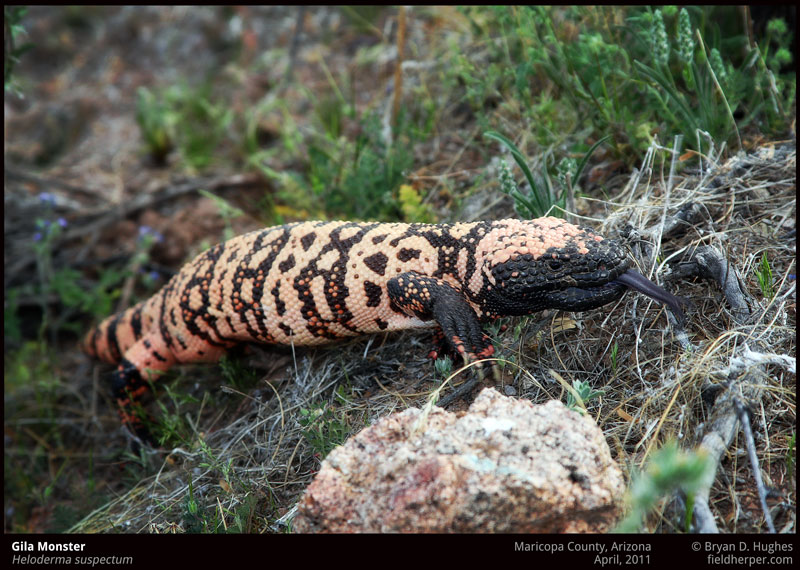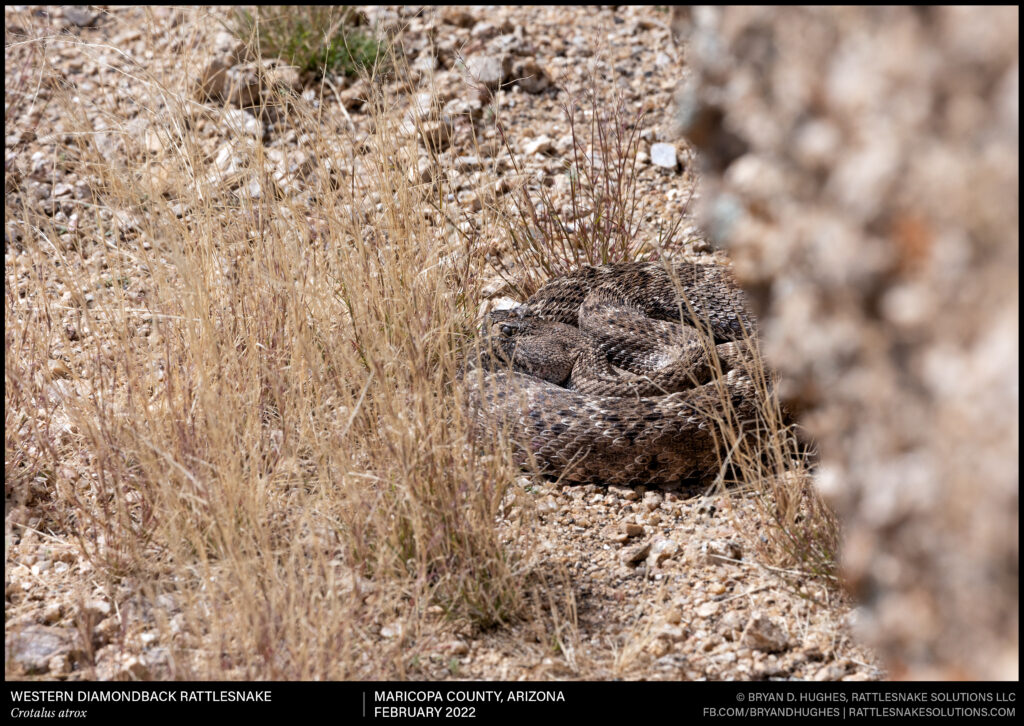Many of you may have seen the recent story of a rare fatal bite from a Gila Monster. Here’s what you should know about that as an Arizona residents who live and recreate where these animals live.
You do not need to worry about Gila Monsters beyond the typical warnings to not pick them up, attack them, or other needless behavior. The individual who was bitten had the animals in illegal captivity, which is a very different situation from seeing one on a trail or walking across your driveway. One of the animals in question was illegally exported from Arizona.
There is no danger if you see a Gila Monster in the wild and do not intentionally choose to interact with it. If you hike with your dog on-leash, there is no danger. Just keep doing the obvious: don’t interact with animals that can deliver venomous defensive bites.
If you see anyone making remarks that Gila Monsters need to be killed or otherwise mistreated due to sensationalism around this incident, please consider providing a reasonable response. It may seem crazy these days, but it was not uncommon, even relatively recently, for people to kill these animals when seen due to fear and misinformation.
There are a lot of rumors and speculative comments out there as well; everything from assuming an allergic reaction to drugs, poor health, and more. Currently, there is no official word on the cause of death or toxicology, and speculation is neither helpful nor necessary.
Some relevant facts about Gila Monsters:
- Gila Monsters are venomous, rather than the false rumors about bacteria-loaded saliva and other nonsense. They are the only venomous lizard in the United States.
- Gila Monsters do not need to “chew” venom in order to evenomate. Even a quick nip can result in an envenomation.
- Beaded Lizards, though in the same genus as Gila Monsters, are not found within the U.S., despite rumors and colloquial misunderstanding.
- Gila Monsters, while they do have a venomous bite, do not “spit poison”, have “poison breath”, “sting” or other variations of old cowboy stories that still infect common discussion.

Gila Monsters in the reptile hobby pet trade
Captive Gila Monsters are very often handled inappropriately by those who keep them in captivity. This often means unrestrained handling, as if they are a bearded dragon or similar non-venomous pet, involving a word that has no place in any reasonable venomous protocol: trust. This deliberate activity makes up a significant portion of bites from these animals, and these decisions should not be confused with an accident. While it’s not possible to know if this was the case in this instance, improper handling is the unfortunate standard in the hobby pet trade of Gila Monsters.
Despite the abundance of captive-born individuals out there for the pet trade, Gila Monsters are still unfortunately often poached from Arizona.


